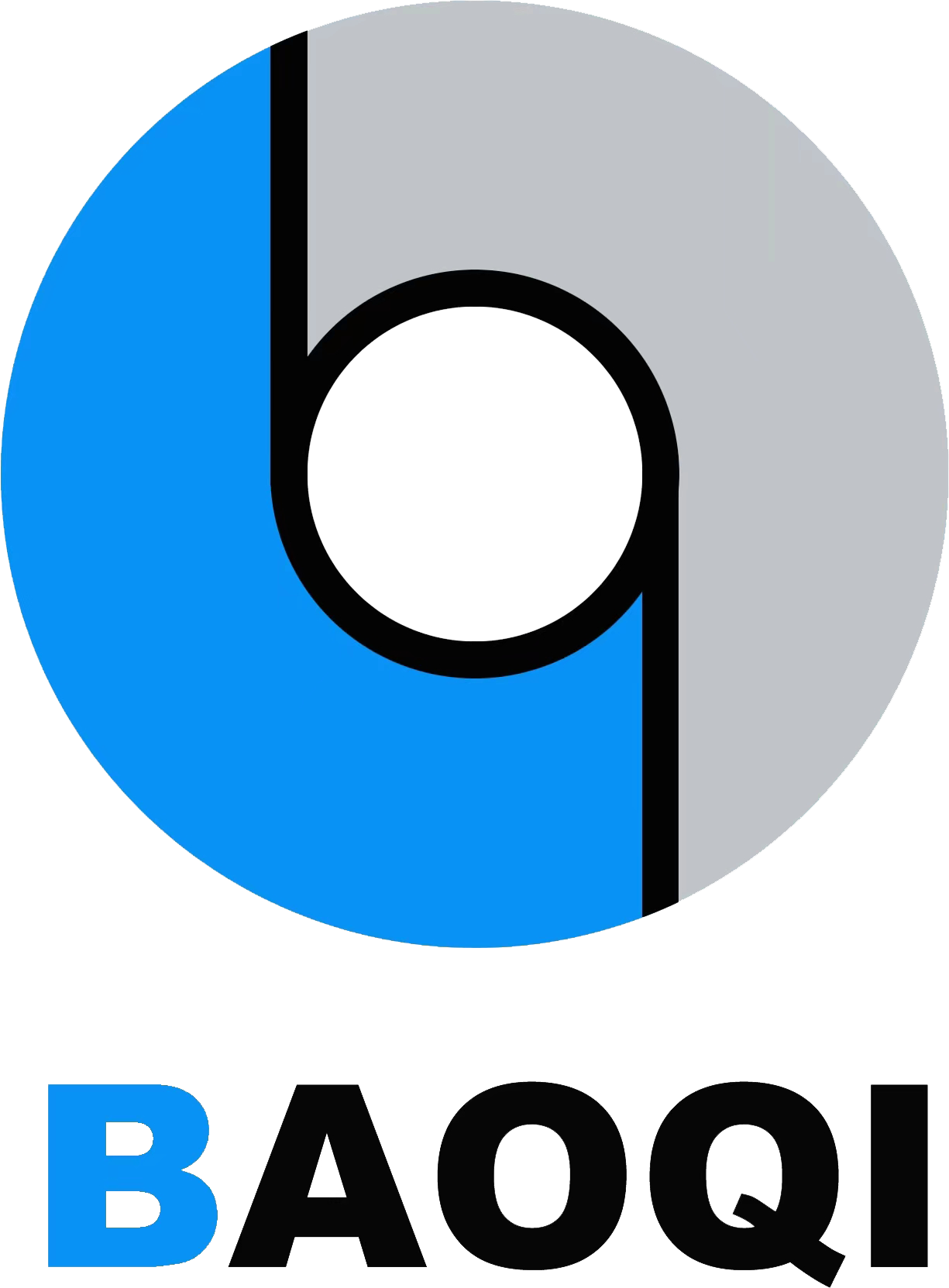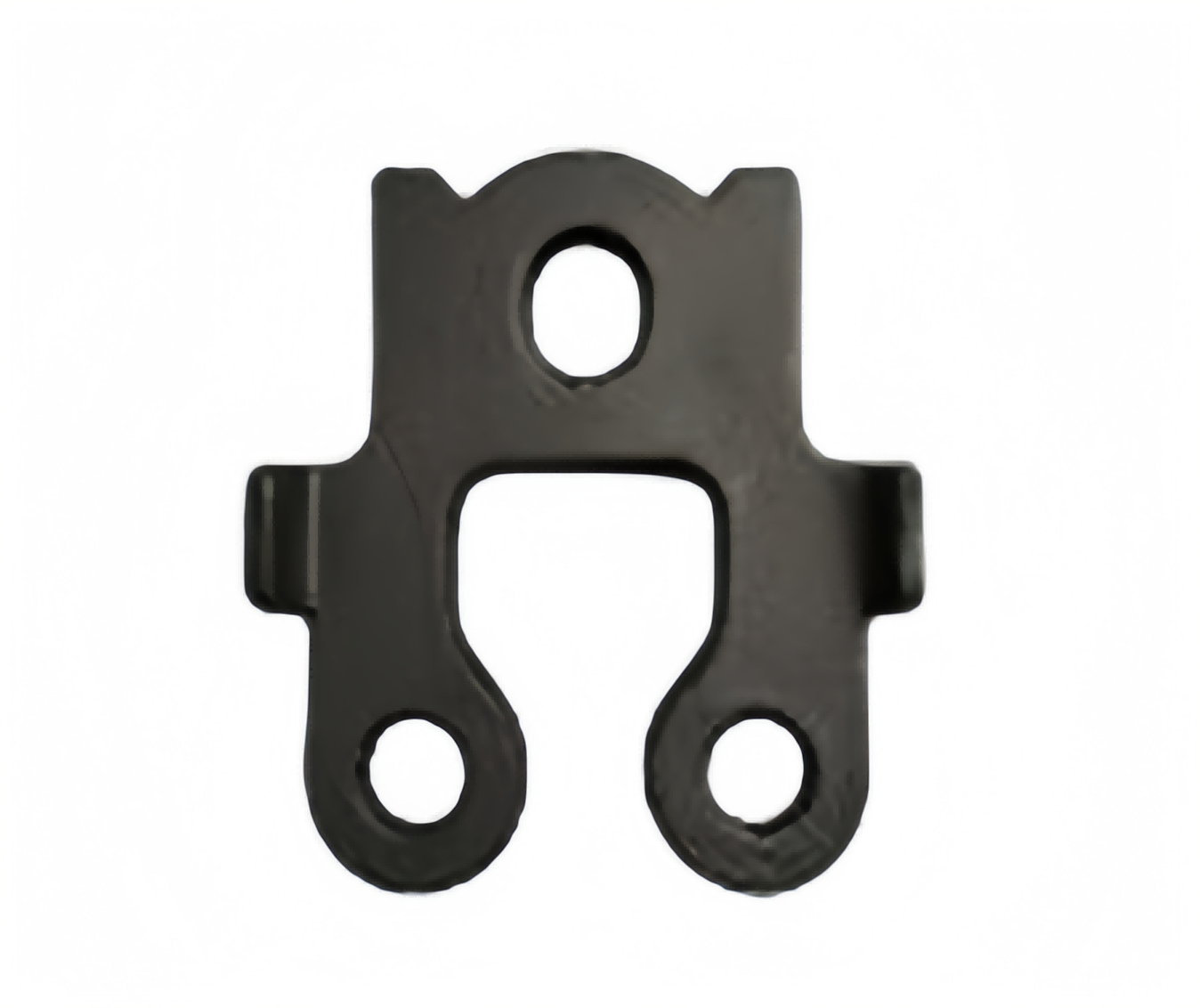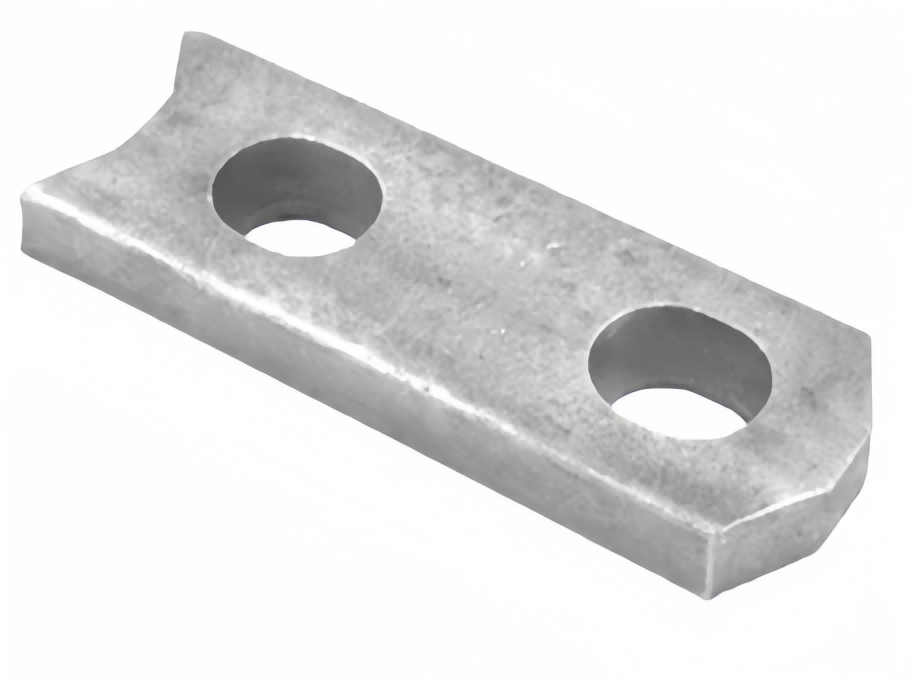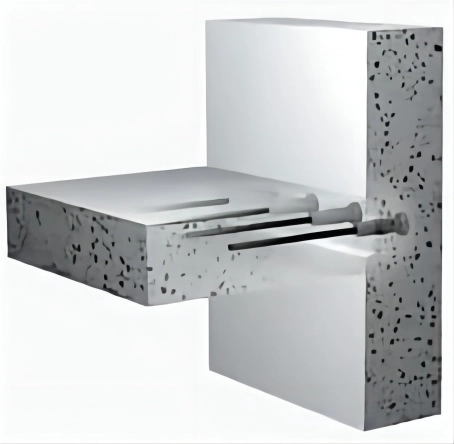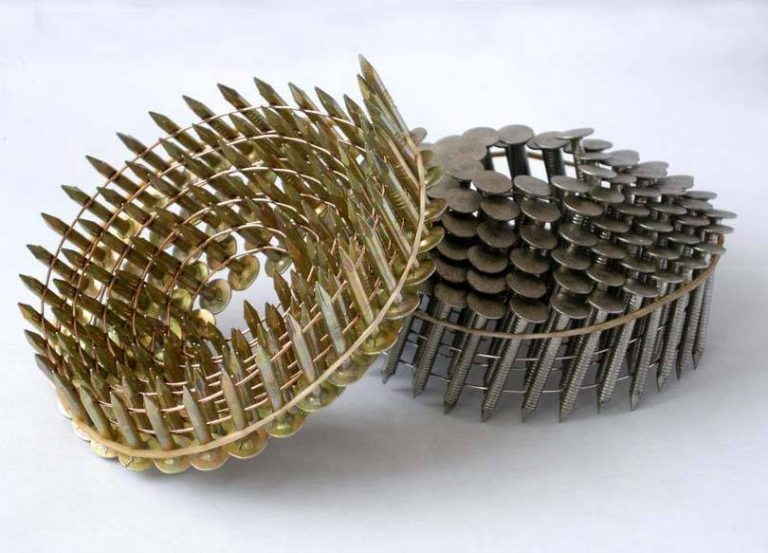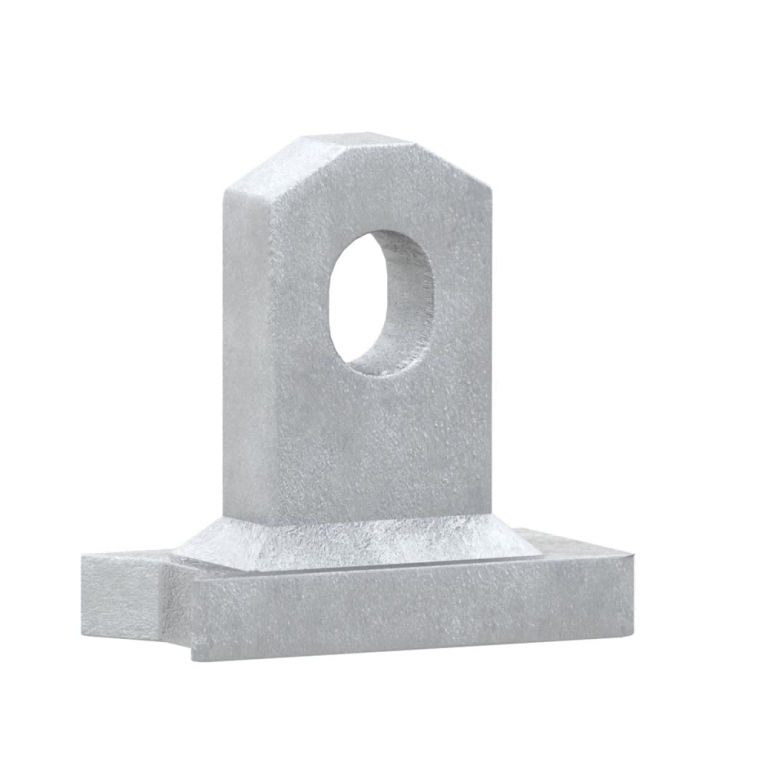Anchor plates are essential components in various civil engineering projects, providing stability and strength to structures. Understanding the appropriate sizes for anchor plates is critical for ensuring the safety and durability of a construction. Each project carries its own set of requirements, making it necessary for engineers to make informed decisions regarding the dimensions of these plates based on load-bearing capacity, material considerations, and environmental factors. This article explores the optimal anchor plate sizes and the critical elements influencing their selection.
Understanding Anchor Plates in Civil Engineering
Functions of Anchor Plates in Construction
In construction, anchor plates serve multiple functions. Their primary role is to distribute loads evenly across a larger area, reducing the risk of structural failure. Additionally, anchor plates help in resisting overturning moments and lateral forces that can affect stability. They also serve as a point of connection between various structural components, ensuring the cohesive transfer of loads. By providing a reliable anchoring system, these plates enhance the overall performance of a building or infrastructure project.
Importance of Choosing the Right Size
Selecting the correct size of anchor plates is vital for the success of civil engineering projects. An improperly sized plate can lead to inadequate load distribution, causing stress concentrations that may ultimately compromise the structure’s stability. It is essential to thoroughly assess the site conditions and anticipated loads to determine the optimal dimensions for the anchor plates. Failure to do so can result in costly repairs and poses safety hazards, highlighting the importance of accurate size selection.
Factors Influencing Anchor Plate Size Selection
Load-Bearing Requirements
One of the main factors influencing anchor plate size is the load-bearing requirements of the structure. Engineers must evaluate the maximum loads the anchor plate will need to support, including static and dynamic loads. This evaluation often considers factors like the weight of the structure, occupancy loads, and environmental forces such as wind or seismic activity. By understanding these load requirements, engineers can choose anchor plates with adequate surface area and thickness to prevent failure under expected conditions.
Type of Material Used
The type of material used in the construction of anchor plates also plays a significant role in determining their size. Each material has its unique properties, including strength, ductility, and resistance to corrosion, which affects how they respond to applied loads. For instance, steel anchor plates may be designed differently than those made of composite materials or reinforced concrete. The choice of material will dictate not only the necessary dimensions but also the fabrication methods and cost considerations.
Environmental Considerations
Corrosion Resistance
Environmental factors, particularly corrosion resistance, are critical to the longevity of anchor plates. In areas with high moisture levels or corrosive soils, engineers must select materials and dimensions that can withstand such conditions. In some cases, protective coatings or corrosion-resistant alloys might be necessary to prolong the life of the anchor plates. Therefore, engineers must account for the environmental impact on the anchor plate material to ensure its effectiveness over time.
Weather Impact
Weather conditions can also influence the selection of anchor plate sizes. Regions prone to severe weather, such as heavy rains, snow, or extreme temperatures, may require anchor plates with enhanced dimensions to cope with additional stresses. Additionally, the design must account for potential freeze-thaw cycles, which can cause expansion and contraction in the materials, increasing the likelihood of structural compromises. Assessing these weather-related factors is crucial for ensuring that anchor plates perform effectively throughout the structure’s lifespan.
Standard Sizes for Anchor Plates
Common Dimensions and Their Applications
Anchor plates come in a variety of standard sizes, each suited for specific applications in civil engineering projects.
Small-Scale Projects
For small-scale projects, such as residential foundations or minor retaining walls, anchor plates typically range from 12 inches to 18 inches in width and 0.25 inches to 0.5 inches in thickness. These dimensions provide adequate support while ensuring economical use of materials. Smaller anchor plates are often sufficient to manage the reduced loads and forces expected in less complex structures.
Medium-Scale Projects
Medium-scale projects, including commercial buildings and larger retaining walls, may require anchor plates that range from 24 inches to 36 inches wide and up to 1 inch thick. The increased dimensions are necessary to handle greater loads and provide enhanced stability. Engineers must carefully calculate the load conditions to determine the exact specifications needed for effective anchorage.
Large-Scale Projects
In large-scale civil engineering projects, such as bridges or high-rise buildings, anchor plates may exceed 48 inches in width and can be several inches thick. These dimensions accommodate significant loads and offer the required strength to withstand severe conditions. The complexity of these projects necessitates rigorous analysis and testing to ensure that the selected anchor plate sizes match the anticipated stresses and forces.
Industry Guidelines and Standards
ASTM Standards
Various industry guidelines and standards exist to help engineers in selecting proper anchor plate sizes. The American Society for Testing and Materials (ASTM) provides specifications for the materials and dimensions used in anchor plates, ensuring quality and reliability in construction. Adhering to these standards helps maintain consistency across projects and provides a framework for assessment during inspections.
ISO Guidelines
The International Organization for Standardization (ISO) also provides guidelines that inform the engineering community about anchor plate design and sizing. These international standards facilitate best practices in engineering, enabling global collaboration and the sharing of knowledge. Following ISO guidelines ensures that projects are completed with an emphasis on safety and efficiency, regardless of geographical location.
Customizing Anchor Plate Sizes for Specific Needs
Unique Project Requirements
Every civil engineering project presents its own unique set of challenges and requirements, often necessitating customized anchor plate sizes. Factors such as soil conditions, structural loads, and installation methods can dictate specific dimensions that may not conform to standard sizes. For instance, in areas with unstable soil, larger anchor plates may be required to distribute loads more effectively and ensure the integrity of the structure. Moreover, projects involving unique architectural designs might necessitate custom shapes or configurations of anchor plates to achieve optimal performance and aesthetics. Therefore, it is critical for engineers to assess individual project circumstances and prescribe anchor plates that are tailored to meet those specifications.
Working with Manufacturers for Custom Solutions
Collaborating with anchor plate manufacturers is a vital aspect of obtaining customized solutions that meet specific project needs. These manufacturers can provide valuable insights into the materials used and innovative designs that enhance performance. Engaging early with manufacturers allows engineers to discuss particular requirements, ensuring that the plates can be designed and fabricated to exact specifications. Having open lines of communication also facilitates adjustments during the manufacturing phase, enabling quick iterations of design to resolve any unforeseen complications. As a result, working closely with manufacturers can lead to the development of high-quality, tailor-made anchor plates that fulfill the unique demands of each project.
BAOQI Brand Introduction and Offerings
Overview of BAOQI’s Commitment to Quality
BAOQI has established itself as a reliable brand in the civil engineering sector, with a steadfast commitment to quality and innovation. Their dedication to using high-grade materials and adherence to stringent manufacturing standards ensures that the anchor plates they produce can withstand the rigors of various engineering applications. BAOQI prioritizes both performance and safety in its product offerings, recognizing that the integrity of anchor plates directly impacts the overall success of construction projects. Furthermore, their comprehensive quality assurance processes contribute to the dependability of their products in diverse conditions and environments.
Range of Anchor Plates Provided by BAOQI
Products Specifications
BAOQI offers a wide array of anchor plates, covering different dimensions, materials, and design specifications. The product catalog includes standard sizes suited for a range of applications, from residential foundations to complex infrastructure projects. Moreover, BAOQI accommodates customization requests, allowing engineers to specify particular thicknesses or shapes based on project demands. This flexibility ensures that customers can find the right solutions tailored to specific load-bearing requirements and environmental considerations.
Special Features
In addition to standard and customizable options, BAOQI’s anchor plates come with unique features that set them apart in the market. Many of their products are designed with advanced corrosion resistance, utilizing specialized coatings or alloys that enhance durability in harsh environments. Additionally, some anchor plates may incorporate features for easier installation, such as pre-drilled holes or integrated lifting points. These enhancements improve the efficiency of the construction process while also ensuring that the anchor plates can deliver optimal performance over time.
Customization Options Available
Understanding that no two engineering projects are the same, BAOQI provides extensive customization options for its anchor plates. Customers can request specific dimensions, materials, and designs that align seamlessly with their project requirements. Whether it’s modifying the thickness of the plates or changing the type of material to suit environmental conditions, BAOQI’s flexible manufacturing process can accommodate diverse requests. This customization capability allows engineers to enhance the performance and reliability of their structures without compromising on quality or safety.
Future Trends in Anchor Plate Design and Usage
Innovations in Material Science
As the civil engineering landscape continues to evolve, innovations in material science are paving the way for advancements in anchor plate design. Engineers are exploring new materials that not only provide the necessary strength and durability but are also lighter and more environmentally friendly. The introduction of composite materials, for example, offers improved corrosion resistance and flexibility while retaining structural integrity. Furthermore, incorporating sustainable practices in manufacturing processes aligns with the growing emphasis on environmentally responsible construction methods. As these innovative materials are developed and tested, they will undoubtedly impact the future design and functionality of anchor plates in civil engineering projects.
Technological Advancements
Technological advancements are transforming the approach to anchor plate sizing and application. Smart technology integration, such as the use of sensors embedded within anchor plates, enables real-time monitoring of stresses and loads. This data can be invaluable for assessing structural performance and determining when maintenance is needed. Additionally, the use of advanced computer modeling and simulation tools allows engineers to optimize anchor plate designs and predict potential performance issues before construction begins. These technological improvements not only enhance the efficiency of projects but also ensure that anchor plates are utilized to their fullest potential.
Sustainability and Environmental Concerns
Sustainability considerations are increasingly influencing the design and usage of anchor plates. As environmental concerns grow, the construction industry is becoming more aware of the need to minimize its ecological footprint. This awareness is leading to the adoption of materials and practices that promote sustainability. For instance, manufacturers are increasingly utilizing recycled materials in anchor plate production, while designs may be oriented towards minimizing waste during installation. By prioritizing sustainability, the engineering community can not only comply with regulatory standards but also contribute to the broader goal of environmental preservation in civil engineering practices.
In summary, understanding the optimal sizes of anchor plates is fundamental to successful civil engineering projects. It is imperative to consider unique project requirements, work with reputable manufacturers like BAOQI, and stay attuned to future trends, especially in material science, technology, and sustainability. By doing so, engineers can ensure that their selections of anchor plates not only meet immediate needs but also pave the way for a more resilient and efficient future in construction.
